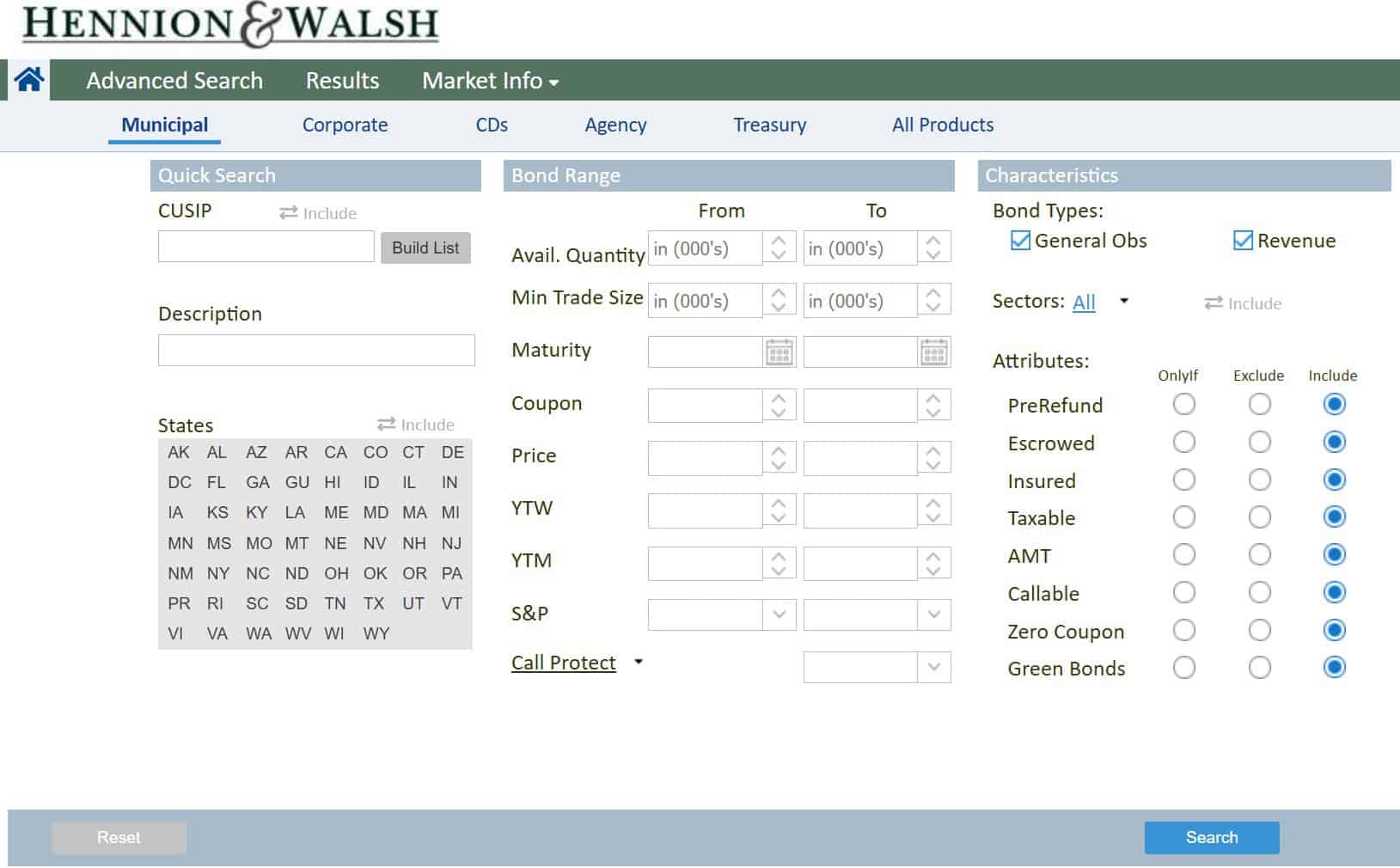
Potential Regular Income
By purchasing municipal bonds, investors lend money to local governments or their agencies. In exchange, they are entitled to receive regular interest payments. Typically, these payments are disbursed semi-annually, providing bondholders with predictable income streams. This periodic income can be an essential component of a diversified investment strategy, offering financial stability for those seeking a reliable source of revenue.
How Municipal Bonds Generate Income
Municipal bonds are a powerful financial tool.
By purchasing municipal bonds, investors lend money to local governments or their agencies. In exchange, they are entitled to receive regular interest payments, contingent upon the terms set at the bond’s issuance. Typically, these payments are disbursed semi-annually, providing bondholders with predictable income streams. This periodic income can be an essential component of a diversified investment strategy, offering financial stability for those seeking a reliable source of revenue.
Investors anticipate these consistent income payments.
This predictability is what sets municipal bonds apart – it allows individuals to plan their financial futures with a degree of certainty. Furthermore, this regular income generated from municipal bonds is often exempt from federal and sometimes state and local taxes, depending on the bondholder’s jurisdiction.
The blend of tax benefits and dependable income instills confidence among investors. By leveraging municipal bonds, individuals can not only enhance their financial portfolios but also contribute to the development of essential community infrastructure. This dual benefit reinforces the unique appeal of these instruments, making them an advantageous choice for prudent investors.
Payment Schedules for Municipal Bonds
Municipal bonds’ payment schedules typically involve a series of semi-annual interest payments, which offer steady, predictable income. These payments are meticulously scheduled, allowing bondholders to confidently map out their anticipated cash flows, further reinforcing financial stability.
For those planning their financial strategies, recognizing the “payment dates” is crucial. These are set at specific intervals, usually every six months, ensuring regularity. In most cases, the anticipation of these payment dates allows investors to strategize their reinvestment or spending with precision, enhancing their overall financial planning and contributing to sustained economic stability.
Want a second opinion?
You get a second opinion when you hire a contractor or get medical advice. Why not for your investments? Schedule a session today to receive a second opinion. It’s free and without obligation.
Second OpinionSemi-Annual Payment Options
Municipal bonds frequently offer semi-annual payment options to their investors.
For those not requiring monthly income, semi-annual payments may strike a perfect balance. This setup allows investors to receive payments twice a year, often in six-month intervals.
Semi-annual payments can be advantageous for individuals whose financial plans align with less frequent, but substantial inflows. This periodic payment structure offers a reliable cadence, reducing the need for constant financial adjustment while still contributing to long-term financial stability.
The semi-annual payment model is also appealing to those who wish to synchronize their investment returns with specific financial goals. For instance, they may use these funds for large bi-annual expenses or reinvest them for portfolio growth.
In summary, semi-annual payments provide a solid, predictable income stream that supports strategic financial planning.
Factors Affecting Income Payments
Various factors influence the timing and amount of municipal bond regular income payments.
For example, economic conditions and issuers’ fiscal health can impact payment schedules and amounts. Understanding these dynamics is crucial for investors seeking consistent returns from their municipal bonds.
Key terms “fixed-rate” and “variable-rate” bonds also provide insight into the bonds’ income predictability.
A. Issuer’s Financial Health
The financial health of the issuer is crucial in assessing the risk associated with municipal bond regular income.
- Credit Ratings: Assess the bond issuer’s credit ratings from agencies like Moody’s, S&P, and Fitch.
- Revenue Sources: Investigate the issuer’s revenue streams, including taxes, fees, and state aid.
- Debt Levels: Evaluate the issuer’s existing debt obligations and fiscal management practices.
- Economic Factors: Consider local economic conditions and their potential impact on the issuer’s financial stability.
Credit ratings offer insight into the issuer’s ability to meet its financial commitments.
A thorough analysis of these factors provides a comprehensive view of an issuer’s financial stability and its ability to maintain regular income payments.
B. Interest Rates
Interest rates can influence municipal bond regular income payments.
When interest rates rise, newly issued municipal bonds tend to offer higher coupons, allowing investors to potentially enjoy greater returns. Conversely, when interest rates fall, the yields on new bonds decrease, making existing higher-rate bonds more valuable.
Fluctuations in interest rates can also affect the market value of existing bonds. As rates change, investors might choose to buy or sell bonds to optimize their returns, impacting the overall income landscape.
Predicting interest rate trends, although inherently challenging, is essential for making informed decisions regarding municipal bond investments. By staying attuned to economic indicators and central bank policies, investors can better position themselves to capitalize on favorable interest rate environments while mitigating risks.
For more information on tax-free municipal bonds, please contact a Hennion & Walsh Municipal Bond specialist.
Impact of Economic Conditions on Municipal Bonds
Economic conditions greatly affect municipal bonds.
During robust economic periods, cities and states have higher revenues. This influx of funds can lead to more reliable interest payments and a greater assurance of protecting investment principal. Conversely, downturns in the economy can create fiscal strain on municipal budgets, posing potential risks to bondholder returns.
Local economies also play significant roles.
Consider the diverse impact of economic cycles—while one region may thrive and meet obligations due to strong local governance and economic diversification, another might face challenges. Hence, the economic well-being of a locality can significantly influence the safety of principal in municipal bonds.
Investors should continuously monitor economic conditions to anticipate potential shifts in risk levels. By staying informed and selecting bonds from economically stable regions, one ensures their portfolios maintain resilience amidst economic fluctuations.
Expert Opinions on the Safety of Principal
Financial analysts widely recognize municipal bonds as some of the safest investments for principal protection.
Leading experts, in various comprehensive studies on municipal bonds, highlight their consistent performance, even amid economic challenges. According to these reports, municipalities typically prioritize debt obligations, which means defaults are rare compared to other bond types. This prioritization contributes significantly to the perceived safety of principal.
Furthermore, ratings agencies such as Moody’s and Standard & Poor’s provide regular assessments. These ratings give investors insight into the financial health of issuing municipalities, allowing them to make informed decisions about the risk associated with potential investments.
As financial planners often suggest, high-rated municipal bonds offer not only the security of principal but also attractive tax advantages. This combination makes them particularly appealing for risk-averse investors looking to safeguard their investment while ensuring a steady income stream. Their confidence in municipal bonds underscores the vital role these instruments play in a balanced portfolio.
Conclusion about Potential Regular Income
Municipal bonds, often hailed for their stability and tax advantages, present a valuable avenue for regular income payments, especially to sophisticated investors seeking dependable interest streams. Interest payments from municipal bonds are typically issued semi-annually. Investors can thus anticipate bi-annual returns. Normally, these interest payments occur in regular intervals, aiding investors in planning their income schedules effectively.
Given their predictable payment cycle, municipal bonds are favored for consistent cash flow management. The semi-annual payment structure aids in meeting short-term financial obligations while also contributing to long-term financial goals, ensuring a balanced wealth management approach.
Maintaining awareness of payment schedules is essential for optimizing investment benefits. Seasonal budgeting can align with these payments, maximizing financial planning efficacy.
All investments involve risk, including loss of principal. Past performance does not guarantee future returns.
Looking for related insights?
We love to help educate investors, so our experts write insights, articles and content we believe you’ll find interesting and engaging. Find a topic that interests you below.
The Hennion and Walsh Experience
We provide a truly great and different investment experience you won’t find anywhere else to help you live the life you want in retirement.








